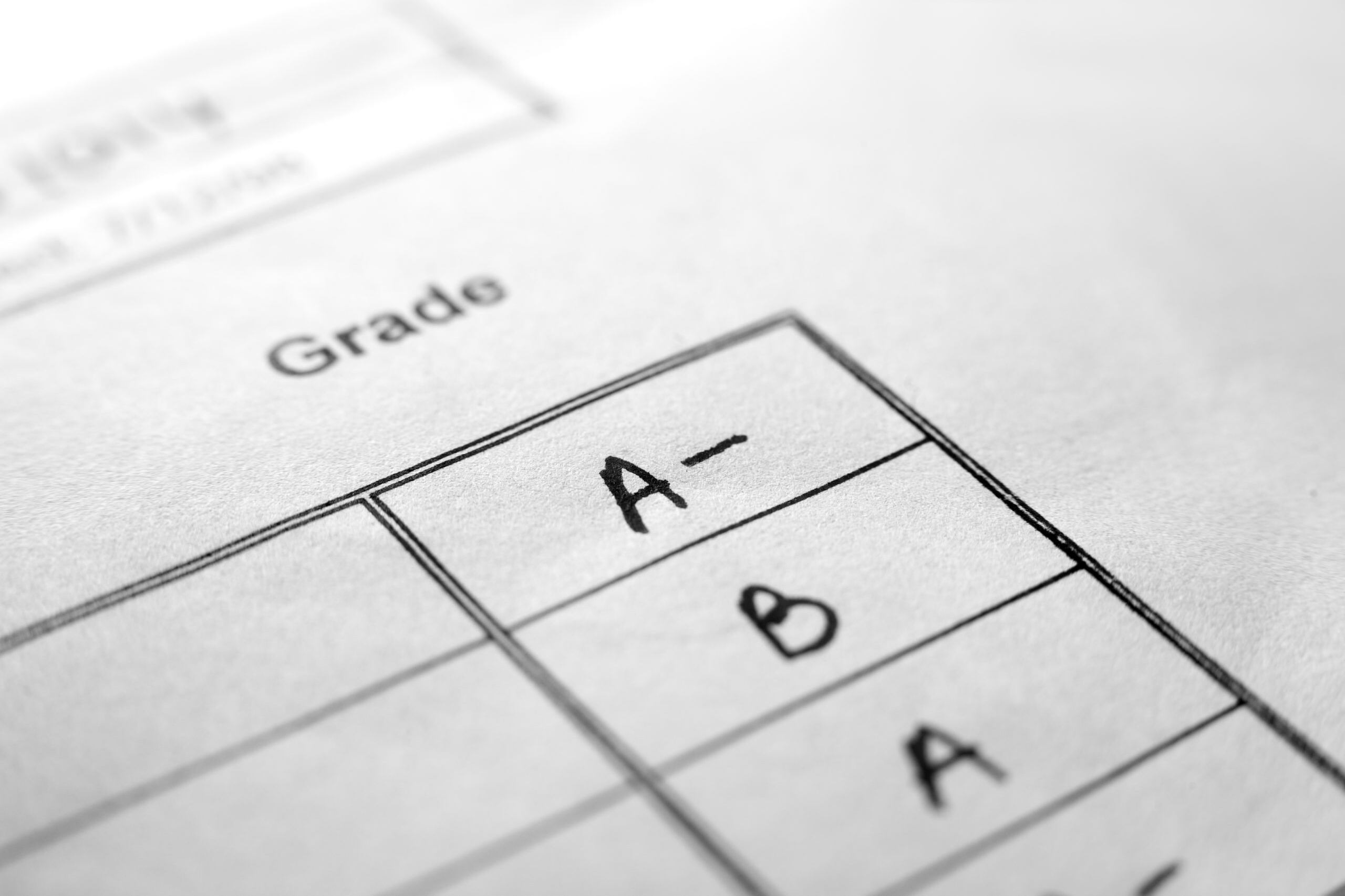Sign up for Chalkbeat Tennessee’s free daily newsletter to keep up with statewide education policy and Memphis-Shelby County Schools.
This week, for the first time under a 2016 law, Tennessee will give each of its public schools an A-F letter grade.
The goal, says Education Commissioner Lizzette Reynolds, is to help families, educators, communities, and policymakers understand how their local schools are doing.
And what better way, she says, than by using a letter-grade system that families are familiar with from their student’s report cards.
But the policy has been controversial since lawmakers began debating its merits nearly a decade ago, and local school leaders worry the grades will actually create confusion for parents and harm school communities.
They say a single grade is more simplistic than simple, and can’t fully capture the quality of learning and support that’s happening in a school, especially for communities where students face extra challenges before even walking into the classroom.
Local concerns escalated when the state education department recently revamped its grading formula in a way that will make it harder for certain schools to get an A or a B.
Here’s what you should know about the upcoming school letter grades, which the state is scheduled to release on Thursday.
What exactly will the grades measure?
As required by state law, the grades must take into account student performance and improvement, as demonstrated on annual tests under the Tennessee Comprehensive Assessment Program, also known as TCAP. High schools will also be judged on their students’ college and career readiness, based on measures such as ACT scores, postsecondary credits, or industry credentials.
How will the grades be calculated?
The formula weights student proficiency the heaviest, according to the department’s recent presentation to the State Board of Education. Next comes growth, or how much a school’s students improved from one year to the next. A separate factor seeks to assess how well schools are helping their lowest-performing quartile of students to improve.
The formula factors in test scores for English language arts, math, and science for elementary schools, and for all four core subject areas for middle and high schools. But some subjects count more than others.
The state has not publicly released the thresholds for what constitutes an A, B, and so on, based on its tallies of all the data.
Will the grades matter?
Yes, and not just in terms of public perception of a school’s quality. Under Tennessee’s new funding formula for K-12 education, school districts or charter authorizers can face hearings before the state Board of Education if their schools are rated D or F, beginning with the 2024-25 school year.
Ultimately, administrators could be forced to submit a corrective action plan or undergo a state audit of spending and academic programming at the school.
School ratings also can affect the price of real estate in a school’s neighborhood, as well as teacher and student morale. Studies have shown that ratings such as those given by third-party websites frequently are biased and can steer families toward schools serving more affluent, white, and Asian students.
Why is Tennessee grading its schools?
Legislators who voted for the law said A-F school grades would provide a common-sense aid to parents trying to navigate an increasingly complex school choice system.
Big supporters included ExcelinEd, an advocacy group founded by former Florida Gov. Jeb Bush, plus other groups that favor giving taxpayer-funded vouchers to families to send their children to private schools. (Gov. Bill Lee recently proposed a statewide expansion of Tennessee’s voucher program, which operates in three counties and has fewer than 2,000 enrollees. The state is not grading private schools that receive vouchers.)
School letter-grading policies were also promoted by the American Legislative Exchange Council, also known as ALEC. Its members are mostly conservative state lawmakers, and its funding comes from foundations, trade groups, and some corporations, according to research from the Center for Media and Democracy.
The law passed in 2016. Why are schools just now receiving their first grades?
The initial grades were to come out in 2018 but got delayed repeatedly, mostly because technical glitches and the pandemic disrupted state testing.
This year, soon after assuming her new job as Tennessee’s education chief, Reynolds prioritized the rollout of A-F grades and launched a process to revise the grading formula, which will use results from tests that already have been administered. The goal of the overhaul, she said, was to generate grades that signify meaningful differences in school performance in a way that makes sense to Tennesseans.
How did the formula change, and what effects will the revisions have on the final grades?
Previously, Tennessee’s grading formula skewed toward growth, which refers to the progress or improvement that schools made toward helping their students meet certain academic standards over the course of a year.
The new formula puts greater emphasis on achievement, or proficiency. Achievement is basically a snapshot of how much students in a school know, and whether enough of them are meeting grade-level standards on their state tests.
The changes will likely mean fewer A’s and generally worse grades than previously expected for many schools, especially those serving students from lower-income families in rural and urban communities.
More broadly, the shift marks a change of course for Tennessee, which was an early adopter of using growth data to evaluate how its students, teachers, and schools are doing. Educators have mostly embraced this model as ultimately the best way to gauge the quality of learning in their classrooms and schools.
Do other states issue A-F letter grades for schools?
As of late 2021, 11 states had such grading measures in their accountability systems, according to the most recent data from the Education Commission of the States.
But several states, including Georgia, Indiana, Michigan, and Utah, have since rolled back those policies. And in Texas recently, a judge blocked the state education agency from issuing grades after several districts sued. The districts charged that the agency had unfairly recalibrated its formula and waited too long to communicate those changes.
Where will Tennessee’s grades be published?
As of last week, state officials had not shared exactly how they plan to release this week’s grades. Chalkbeat continues to track and report on the topic.
Eventually, the department plans to publish all grades, along with school-level TCAP scores from the 2022-23 school year, on the State Report Card. The online tool should be ready to go live with the latest data in January, according to several spokespeople for the department.
Marta Aldrich is a senior correspondent and covers the statehouse for Chalkbeat Tennessee. Contact her at maldrich@chalkbeat.org.








